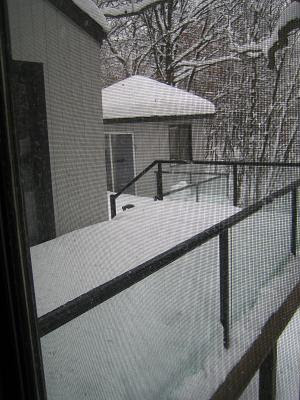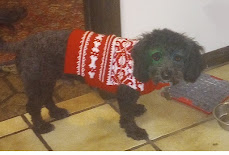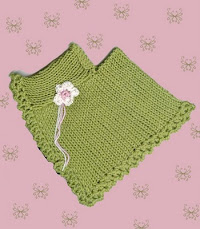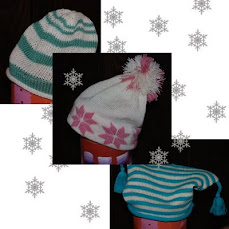
Since winter is hanging on through March it appears, I'm still in the mood to felt slippers. This is another version of Kris Basta's slipper pattern with a couple of twists. I knit 12 rows for the cuff instead of 6 and hung a hem. Makes a nice, sturdy edge. Then I did stripes, changing color every 4 rows. I just carried the yarn up the side without cutting it. Then I made the leaves. Here's how:

Using the same tension as the slippers, ewrap cast on 3 stitches. Knit 10 rows. Hang a hem with first stitches on top of the 3 in work. Knit 2 rows. You'll leave the very center stitch as is. Move one edge stitch out one needle both sides. Pick up the purl bump and hang it on the emptied needle. Knit 2 rows. Move two edge stitches out both sides one needle and fill in with the purl bump. Continue like this, moving one more stitch out than the previous time both sides of the center stitch, filling the emptied needle with purl bumps and knit 2 rows===until you have 15 stitches in work. Knit 4 rows. Take off each leaf and store it on a garter bar or hand knitting needle. Make 6 leaves for each slipper.
Now sew the slipper together. Sew 3 leaves on the front and 3 on the back cuff, spacing them evenly just under the lip of the cuff. You'll have a few more leaf stitches than there are cuff stitches. Every now and then, pick up two leaf stitches to gather them. This will make the leaf point down rather than straight out. I sewed the sides of the bottom of the leaf together so that once felted it looks like a tear drop, no hole evident.

Yes, I do know they're silly. But I like them. Anything to cheer up this endless winter!

















































































